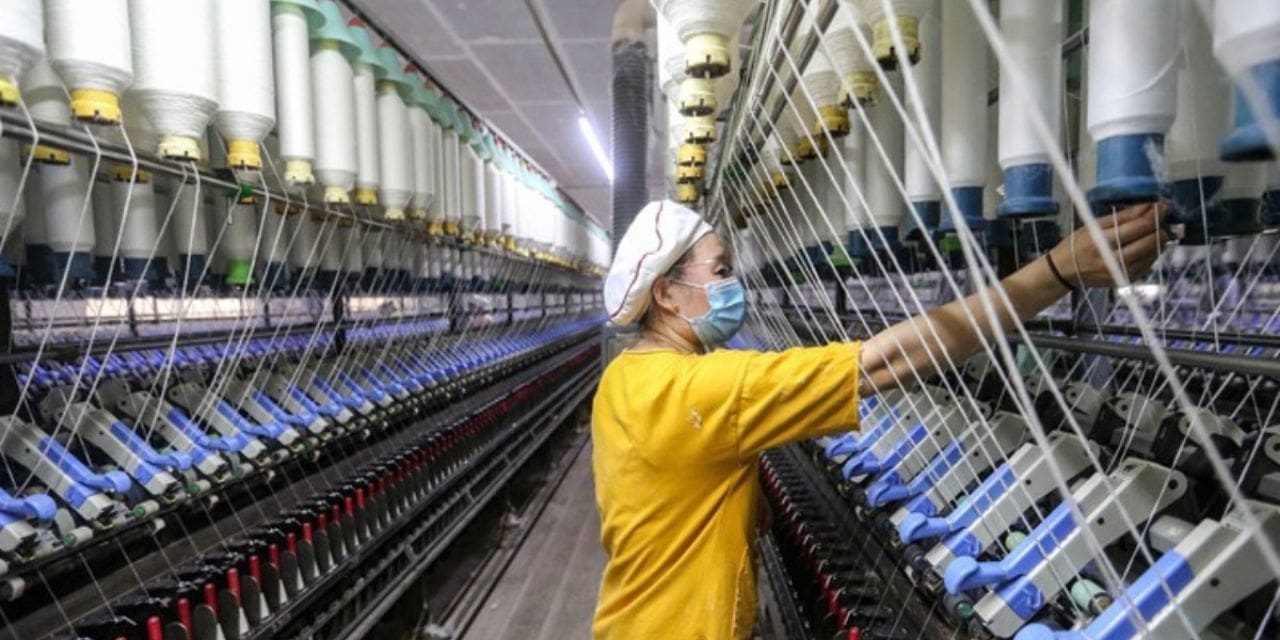By: Seshadri Ramkumar, Professor, Texas Tech University, USA
(Lubbock, USA, October 24, 2022)—On going geopolitical and economic scenarios highlight the growing prominence of China in the world order.
On October 20, as part of celebrating the harvest in the High Plains of Texas, Lubbock Chamber of Commerce hosted Luke Lindberg, Founder and Principal, E. Pluribus Unum, LLC. Mr. Lindberg in his services at EXIM Bank of the United States has had firsthand experience in dealing with China and provided an overview on China’s status in the world.
“China is an important market and a competitor for the United States,” stated Lindberg. The transition of China from a nation of famine to a feasting one within one to two generations is remarkable and hence it is important to be cognizant of China’s aspirations.
President Xi Jinping in his speech at the recent Communist Party of China’s National congress has highlighted the importance of development focusing on domestic economy, strengthening education and innovation. The congress highlighted the aspirations of China to strengthen its security, grow domestic economy to gain an upper hand on its growth. The recent GDP numbers show that China has witnessed a growth of about 3.9% in the 3rd Quarter relative to last year, while domestic demand has been weak.
The zero Covid-19 policy has played a role in the slowing of Chinese economy, and this is a setback for China’s ambition to be a dominant superpower. A growth of about 3-4% is not sufficient to achieve such a status commented Professor Rashid Al-Hmoud, Department of Economics, Texas Tech University.
Lindberg viewed that China aspires to be sole superpower to overtake the United States. To counter competition from China, it is important that countries focus on innovation, build trade alliances, and invest in foreign diplomacy, added Lindberg.
China hopes to be less import dependent, which necessitates exporting nations to explore alternate markets, explore new technologies and develop value-added products. This is clear now with the dire situation of cotton spinning mills in States like Andhra Pradesh in India which are dependent on exports to China.
To my question on the ongoing political crisis in the United Kingdom and its impact on economy, Lindberg opined that it is important for United States to have robust trade deals with countries to enhance trade. “Going on trade missions is important,” added Lindberg. Countries like China need agricultural imports from the United States, particularly cotton from the High Plains of Texas. 40% of soybeans from South Dakota end up in China stated Lindberg.
“China continues to be an important market for U.S. cotton and is number 1 or number 2 in terms of cotton imports from the United States,” stated Shawn Wade, Director of Policy Analysis and Research at Lubbock-based Plains Cotton Growers, Inc. Texas is expected to produce 3.4 million bales (480 lbs. per bale) this year, and almost all of it will be exported. While China’s cotton imports are high, in recent years its yarn imports are slowing down indicating a shift towards growing domestic manufacturing, which is a priority highlighted this past week in the 20th National Congress of the Communist Party of China.
Countries like Brazil and Australia are trying hard to capture the Chinese cotton market, while Chinese favor quality and reliability of the U.S. cotton highlighted Lindberg.
The ongoing global economic crisis, political instability in some regions of the world, aspirations of China and Russia, weakening consumer confidence all necessitate the need for new pathways for the global textiles sector.
“It’s critical and important for the United States to invest in research and continue export expansion, which is important for trade advancement and national security,” opined, Murvat Musa, Executive Director of Reese Technology Center, a business and research park in Lubbock, Texas.
Investing in R and D, focusing on innovation, exploring new markets are a few feasible options available for the global textile industry.

